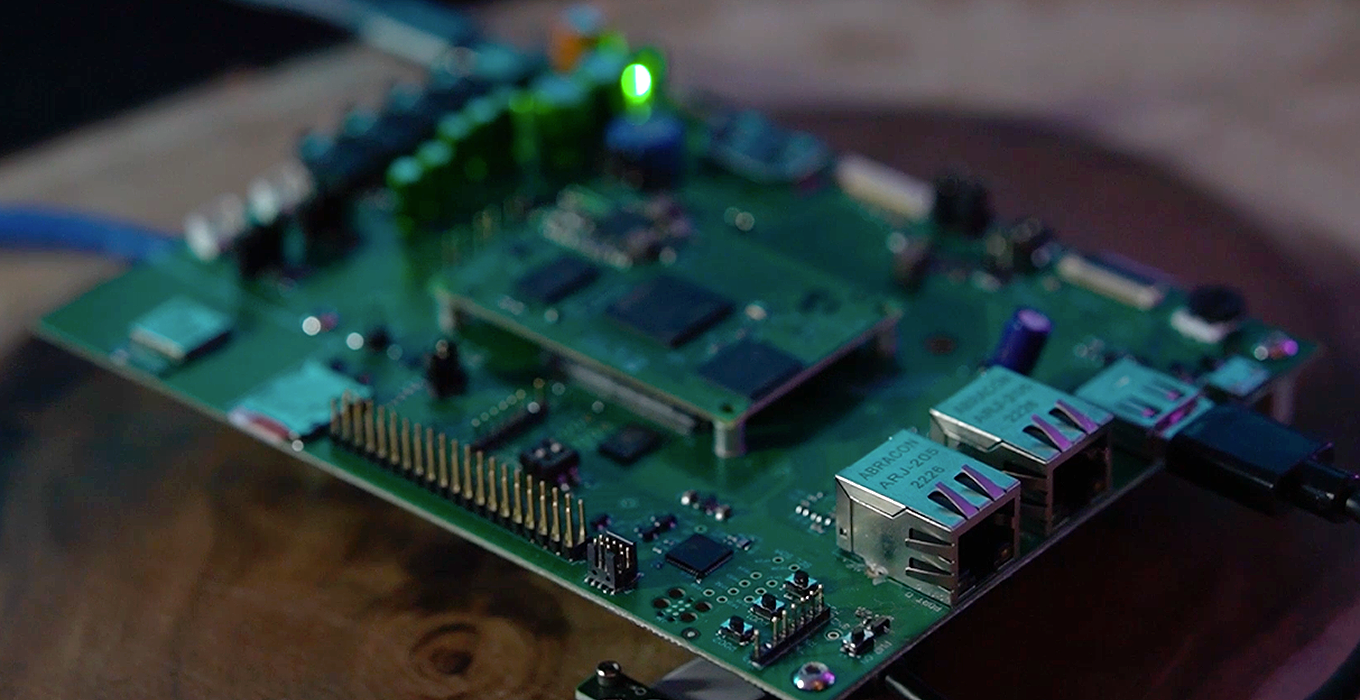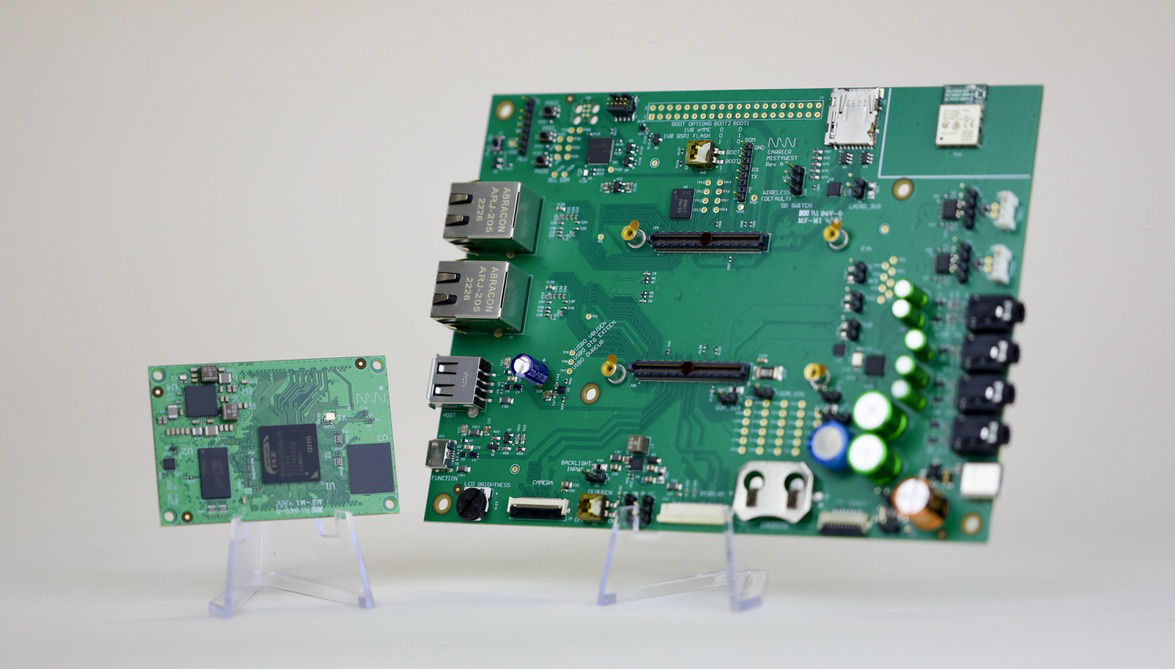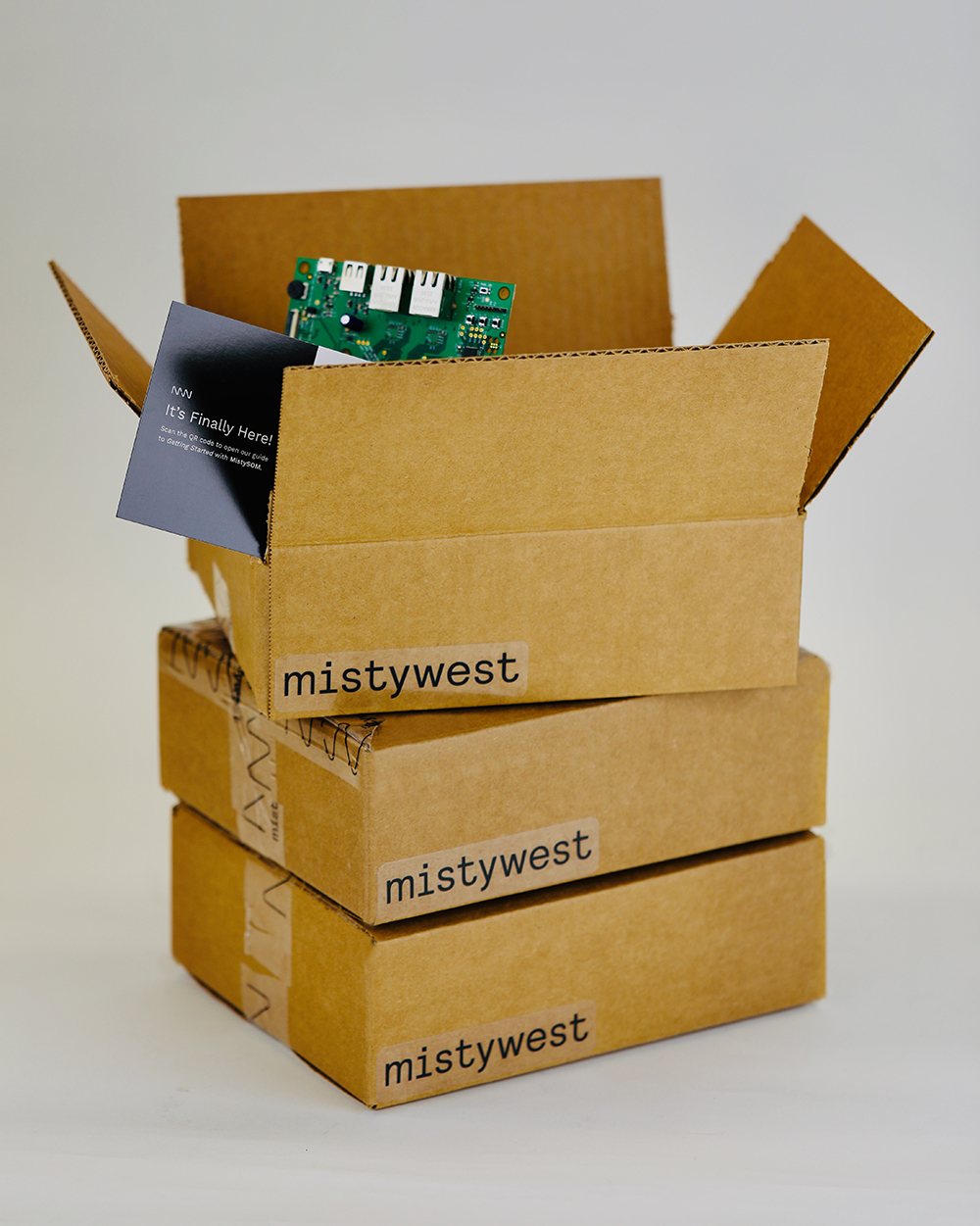
MistySOM for Low Power Embedded Compute Applications
Background
During the global chip shortage, MistyWest’s customers were experiencing a deficit in cost effective and scalable microprocessing solutions for their embedded devices. Some companies were resorting to salvaging chips off of dubiously sourced eval kits just to ship their products – a questionable band-aid solution that we wouldn’t recommend to anyone.
Renesas Electronics was overcoming supply chain hurdles thanks to their multi-fab facilities and hard-won lessons of resilience after the Fukushima nuclear disaster of 2011. Due to its focus on the automotive sector, however, Renesas initially lacked the ability to adequately support early-stage and low-volume product development endeavors.
To bridge this gap, Renesas partnered with MistyWest to develop System-on-modules (SOMs) that harness the cutting-edge technology and power of Renesas’ latest chips, including the NPU-enabled RZ/V2L.

The Solution
MistyWest created a 10 layer and 274 component multifunctional SOM to serve a broad range of applications, aptly named MistySOM. One version is built around the Renesas RZ/G2L MPU, with another built around the pin-compatible RZ/V2L MPU which includes an AI core. The RZ/V2L is especially well suited to power-efficient computer vision applications. MistySOM is ruggedized for industrial temperatures (rated at -40C to + 85C) and offers customization of a Linux distribution using the Yocto framework enabling flexible, scalable development.
MistySOM is designed to offer a rapid and adaptable route for products that will initially be deployed in lower volumes, while including a path to mass production baked into the solution. The RZ/V2L SOM is especially promising for applications looking to run embedded vision inferencing on solar or battery power.
To further assist with early stage development for customers, MistyWest also developed ‘MistyCarrier’; a carrier board with a plethora of interface options and jumpers to disable what is unnecessary for the application. An ultra-low power sleep state can be enabled with the on-board MCU and an industrially rated super capacitor can support the RTC without a battery (thus avoiding the sourcing nightmare of industrial-rated coin cell batteries).
Outcomes
In early 2023, MistySOM launched on GroupGets for pre-orders, reaching our initial backer goal and kicking off the first manufacturing batch. Results from these initial adopters are expected throughout the second half of 2023 and into 2024.
In addition to hardware flexibility and shorter lead times, buying a hardware platform designed and supported in North America from a service-oriented organization like MistyWest means greater resilience against supply chain disruptions and a well supported path to mass production.
Developers can access the open source files for MistyCarrier on the MistySOM Wiki.
